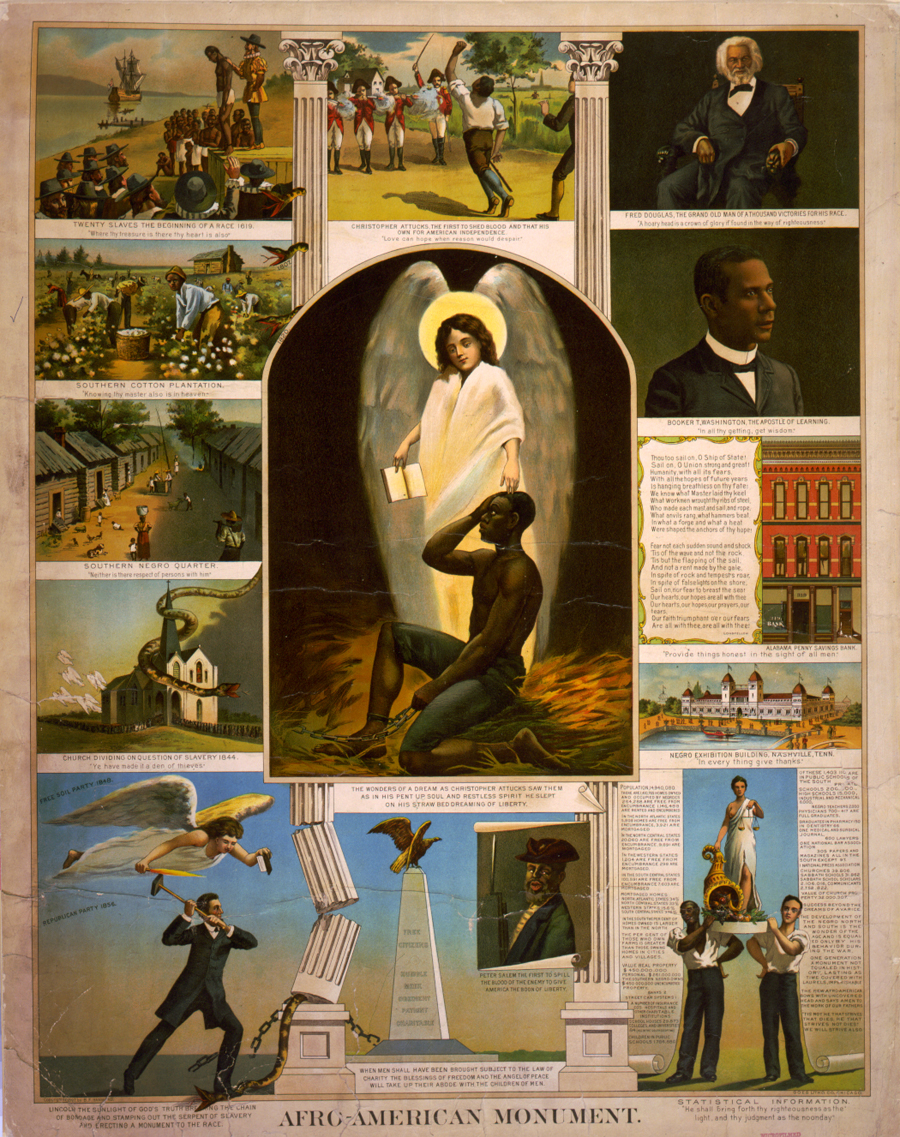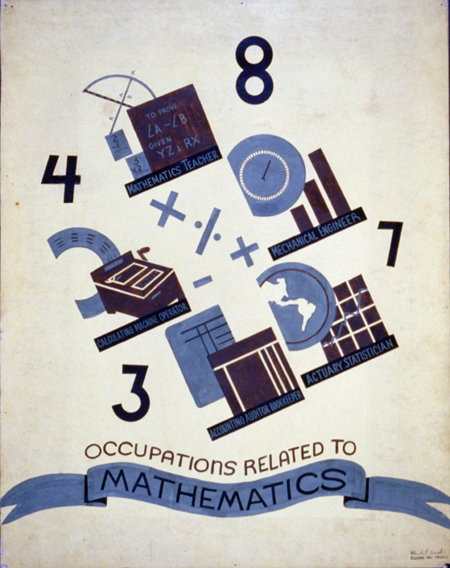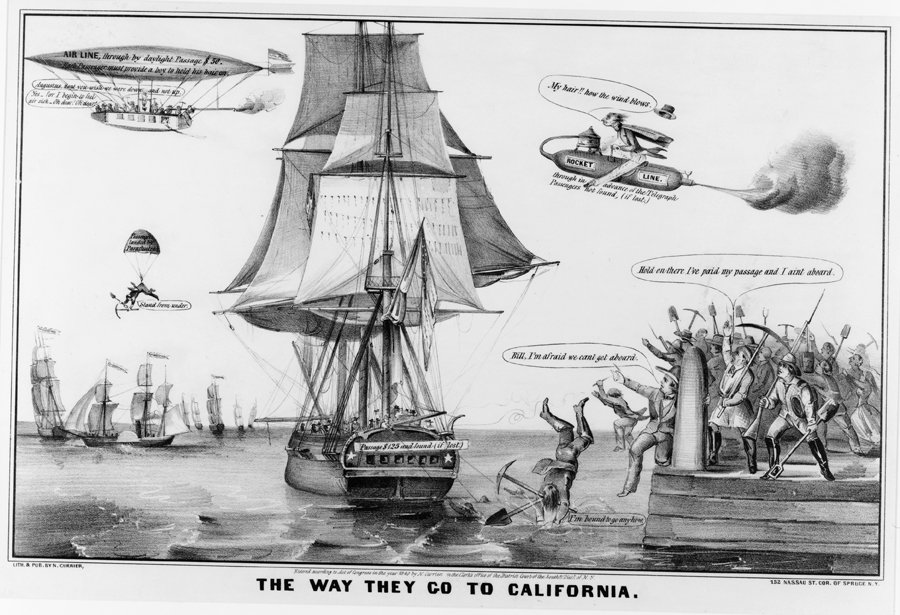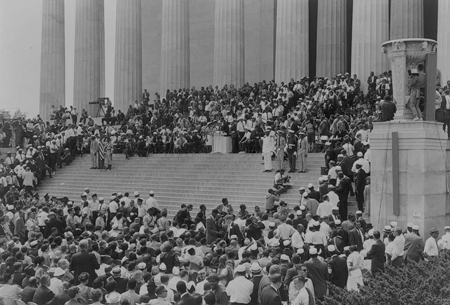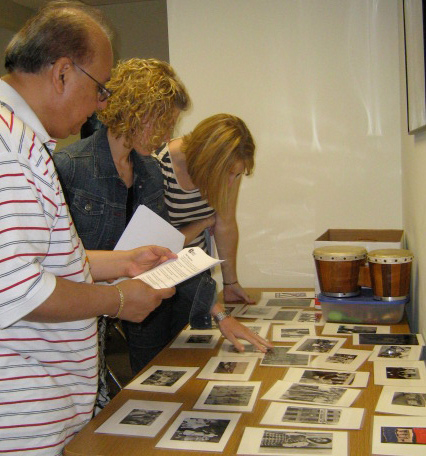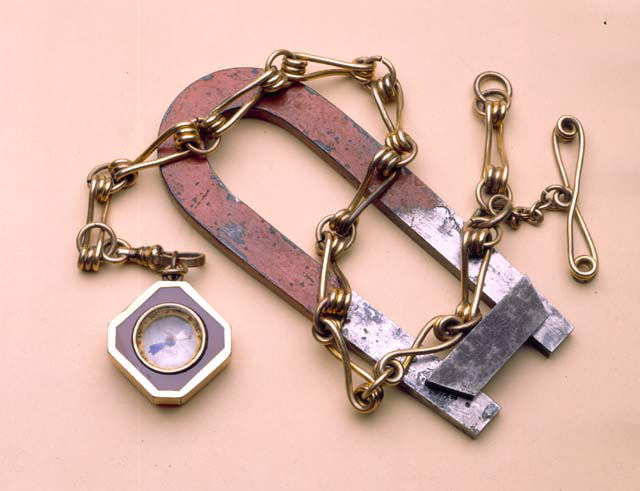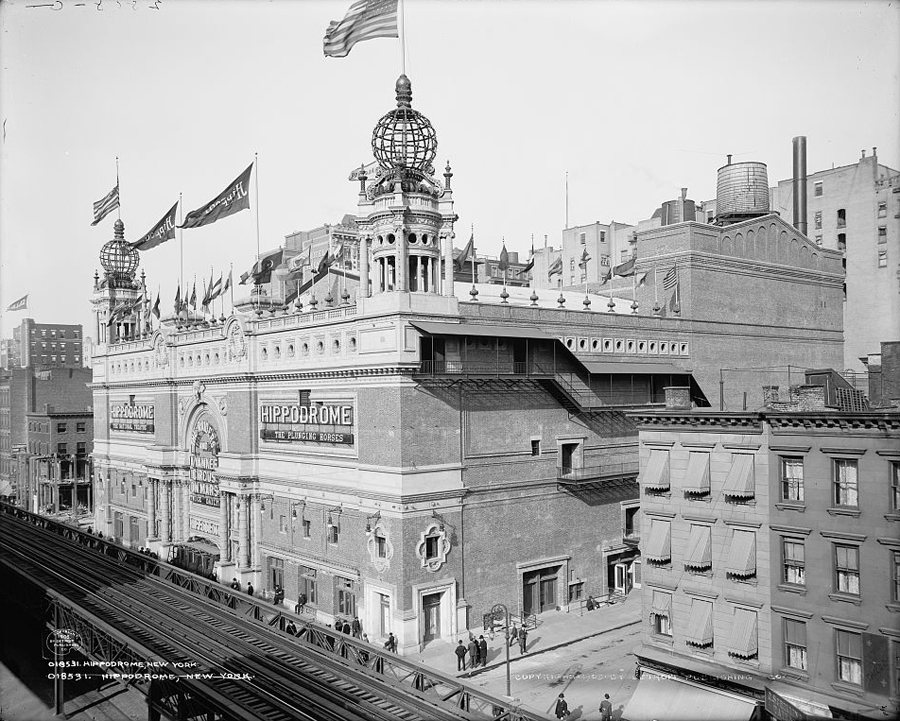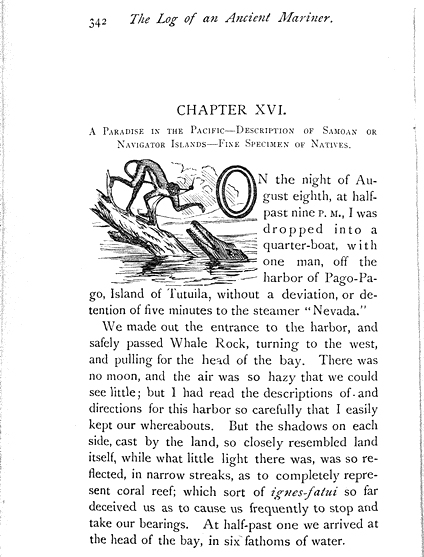Guided Primary Source Analysis: Afro-American Monument
There are two Revolutionary War heroes depicted on this print who experienced very different outcomes. Who were the two men and what happened to each in the war? Review the 13 scenes related to Afro-American history on this lithograph. Which scene speaks most powerfully to you? Explain the reasoning for your choice. What person or event…

